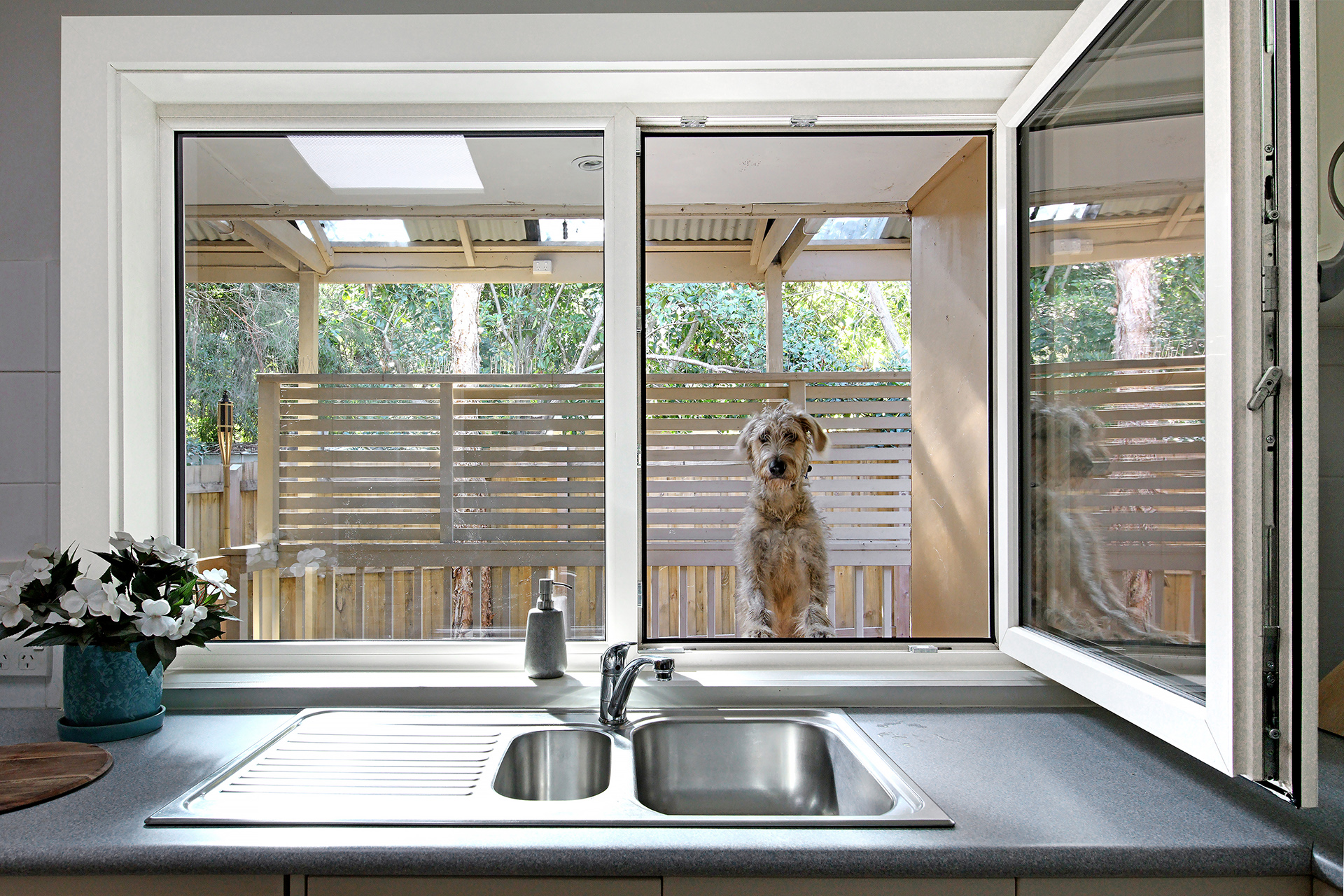All Categories
Featured
Table of Contents
Double Glazing - Albury - Twin Cities Glass in Ocean Reef Western Australia
Glazing merely suggests the windows in your house, consisting of both openable and set windows, as well as doors with glass and skylights. Glazing in fact just indicates the glass part, however it is usually used to describe all elements of an assembly consisting of glass, movies, frames and furnishings. Taking notice of all of these aspects will assist you to achieve efficient passive style.

Energy-efficient glazing makes your house more comfortable and drastically decreases your energy costs. However, improper or improperly created glazing can be a major source of undesirable heat gain in summertime and substantial heat loss and condensation in winter. As much as 87% of a house's heating energy can be gained and approximately 40% lost through windows.
What Is The Best Glazing For My Home? - Part 2 in North Fremantle Perth
Glazing is a considerable investment in the quality of your house. The cost of glazing and the expense of heating and cooling your home are closely associated. A preliminary investment in energy-efficient windows, skylights and doors can significantly minimize your yearly heating and cooling expense. Energy-efficient glazing also reduces the peak heating and cooling load, which can lower the needed size of an air-conditioning system by 30%, causing more cost savings.

This tool compares window selections to a base level aluminium window with 3mm clear glass. Understanding a few of the essential properties of glass will assist you to select the very best glazing for your home. Secret homes of glass Source: Adjusted from the Australian Window Association The amount of light that passes through the glazing is understood as visible light transmittance (VLT) or visible transmittance (VT).
The Best Double Glazing Companies In Canberra in Wattle Grove Western Australia
This might lead you to switch on lights, which will lead to higher energy expenses. Conduction is how easily a material performs heat. This is referred to as the U value. The U value for windows (expressed as Uw), explains the conduction of the whole window (glass and frame together). The lower the U value, the higher a window's resistance to heat circulation and the better its insulating value.
If your home has 70m2 of glazing with aluminium frames and clear glass with a U worth of 6. 2W/m2 C, on a winter season's night when it is 15C cooler outside compared with inside your home, the heat loss through the windows would be: 6. 2 15 70 = 6510W That is equivalent to the total heat output of a big room gas heating unit or a 6.
What Is Double Glazing Windows And Doors? in Port Kennedy WA

If you pick a window with half the U value (3. 1W/m2 C) (for instance, double glazing with an argon-filled gap and less-conductive frames), you can cut in half the heat loss: 3. 1 15 70 = 3255W The solar heat gain coefficient (SHGC) for windows (expressed as SHGCw) measures how easily heat from direct sunlight flows through a whole window (glass and frame together).
The lower a window's SHGC, the less solar heat it transmits to the home interior. The actual SHGC for windows is impacted by the angle that solar radiation strikes the glass.
Which Type Of Glass Is Best For Energy Efficiency? - A&l Windows in Leederville WA
When the sun is perpendicular (at 90) to the glass, it has an angle of occurrence of 0 and the window will experience the optimum possible solar heat gain. The SHGC stated by glazing manufacturers is always computed as having a 0 angle of occurrence. As the angle increases, more solar radiation is shown, and less is sent.
Table of Contents
Latest Posts
Triple Glazing Vs. Double Glazing: What Are The Differences? in Willetton Western Australia
Help Control Your House Temperature With Double Glazing ... in Martin Western Australia
How To Diagnose And Fix Misted Double Glazing in Hovea Perth
More
Latest Posts
Triple Glazing Vs. Double Glazing: What Are The Differences? in Willetton Western Australia
Help Control Your House Temperature With Double Glazing ... in Martin Western Australia
How To Diagnose And Fix Misted Double Glazing in Hovea Perth